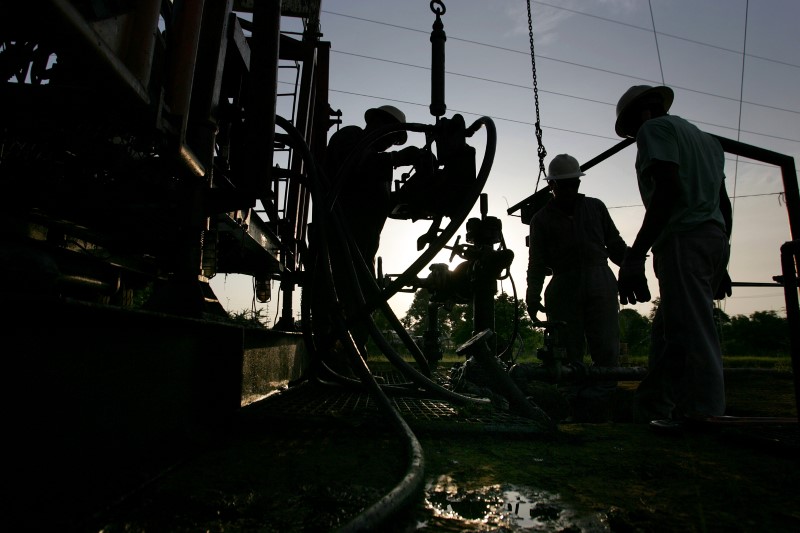Quiver Quantitative - The oil market is poised on a knife-edge, with Brent crude hovering near the $81 mark and West Texas Intermediate under $76, as stakeholders in the energy sector eye OPEC+'s next move. The cartel, led by Saudi Arabia and Russia, initially signaled an extension of the current production curbs, but murmurs within industry circles suggest a possible intensification of cuts to address market saturation. The rescheduling of the OPEC+ meeting to November 30, now transitioned to a virtual format, underscores the internal pressures and diplomatic negotiations at play, particularly the resistance from Angola and Nigeria against revised output quotas.
Market dynamics have been volatile, with recent geopolitical developments and increased outputs from non-OPEC+ nations applying downward pressure on prices, culminating in a near 20% decline from September's peak. The anticipated surplus in the coming year, as projected by the International Energy Agency, adds another layer of complexity to OPEC+'s decision-making calculus. The shift from physical gatherings to digital discussions not only reflects the logistical challenges but also the strategic recalibrations in a landscape where consensus is paramount for market stability.
As the oil industry braces for OPEC+'s decisive virtual meeting, the potential for deeper cuts stands as a testament to the group's responsiveness to shifting market conditions. The resolution of the Israel-Hamas conflict has also played its part in tempering the risk premium, contributing to the easing of prices. The global energy arena now watches with bated breath, as the outcomes of the OPEC+ discourse will undoubtedly send ripples across economies and sectors reliant on the lifeblood of fossil fuels.
In the intricate dance of global oil diplomacy, the upcoming OPEC+ meeting represents a crucial juncture. With the stakes high and the market's gaze fixed on the cartel's strategy, the decisions made in this digital conference could redefine the trajectory of oil prices and influence the delicate balance of energy supply and demand.
This article was originally published on Quiver Quantitative
